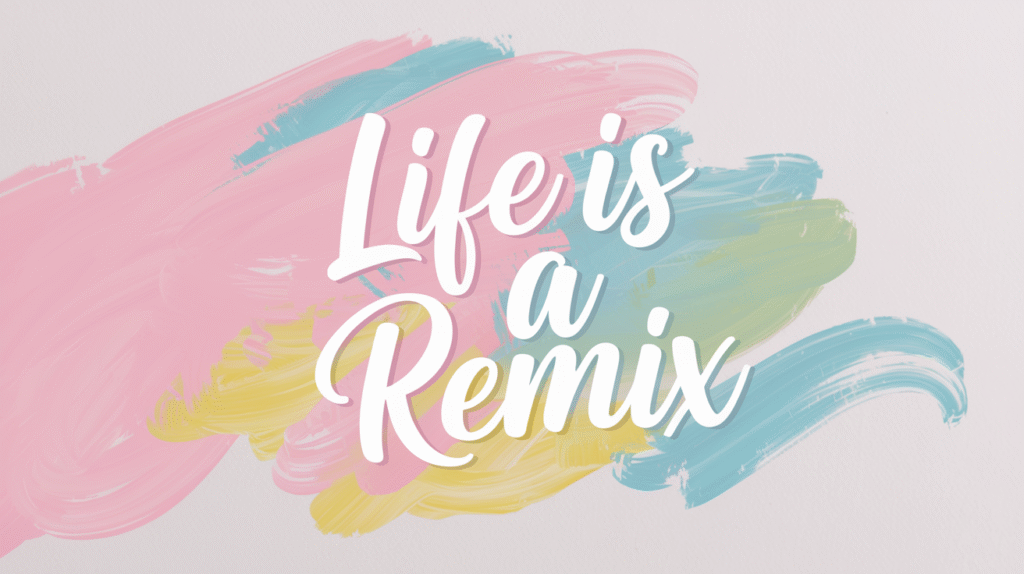
Be Here Now: Finding Peace in the Present Moment
Life often feels like a nonstop concert—loud, unpredictable, and constantly pulling our attention in different directions. We move from one task to the next, caught up in yesterday’s regrets or tomorrow’s fears, rarely stopping to take in what’s right in front of us. It’s like attending a performance while constantly checking the setlist or thinking about the encore—you miss the song that’s playing. But life isn’t lived in the past or the future. It unfolds moment by moment, here and now. Learning to be present isn’t just a helpful tool—it’s essential for mental clarity, emotional balance, and spiritual connection. It’s how we begin to truly feel alive.
The Dalai Lama once said, “There are only two days in the year that nothing can be done. One is called Yesterday, and the other is called Tomorrow. Today is the right day to love, believe, do, and most importantly, live.” This quote carries a message that cuts through the noise of modern life: the only time we truly have is now. We can’t rewrite the past, no matter how much we dwell on it, and the future never arrives as we imagine. All that exists is this moment—and within it lies the power to transform how we think, feel, and connect with the world around us.
Releasing the Past Without Erasing It
Dwelling on the past is one of the most common ways we disconnect from the present. Many of us replay old mistakes, rehash painful conversations, or hold onto guilt, regret, or grief. These thoughts can loop endlessly, draining our energy and clouding our ability to enjoy life as it is. It’s important to understand that remembering the past isn’t inherently bad—reflection can help us grow and learn. But when we cling too tightly, we become stuck. The past becomes a lens through which we view everything else, and we start living from a place of fear, pain, or longing instead of hope and possibility.
Letting go of the past doesn’t mean pretending it never happened or denying the ways it shaped us. It means loosening our grip on what we can’t change, so we can hold space for what still can. Practices like journaling, therapy, or meaningful conversations can help us process old wounds, giving those experiences a place to rest. When we release the emotional weight of the past, we open up space for clarity, lightness, and healing. But when we avoid this work, the cost is high—we miss out on opportunities for growth, deeper relationships, and peace of mind in the here and now.
Facing the Future Without Losing Today
Looking forward can be just as disruptive as looking back. Worrying about what might go wrong, obsessing over outcomes, or constantly chasing the next achievement creates chronic tension. It’s like trying to control a song you haven’t heard yet—there’s no rhythm to grasp, only speculation. Of course, some degree of planning is necessary. We need goals, direction, and structure. But too often, we use the future as an escape hatch—imagining a time when things will finally feel okay, but never feeling okay now.
Future-focused thinking can lead to anxiety, burnout, and a feeling that we’re never doing enough. The mind gets stuck in “what ifs,” and we begin living as though the next milestone will finally bring happiness. But the truth is, the future is shaped by how we show up today. If we bring our full selves into this moment, we naturally move toward the life we want to create. Real change doesn’t begin with some distant vision—it starts with awareness, intention, and action right now. The more we practice presence, the more we trust that we’re already on the path.
The Grounding Practice of Presence
Being present means giving your full attention to what’s happening, without distraction or judgment. It’s about slowing down enough to actually experience your life—not just think about it. This doesn’t mean shutting out your thoughts or emotions. It means noticing them, acknowledging them, and choosing how to respond instead of reacting on autopilot. Presence offers a kind of freedom: freedom from old patterns, expectations, and the constant buzz of the outside world.
The benefits of presence go far beyond a temporary sense of calm. It can lower blood pressure, reduce anxiety, and improve sleep. It deepens our relationships, because we actually listen when someone talks. It sharpens our awareness, allowing us to see beauty in small, everyday things. When we’re present, life feels richer, even if nothing “big” is happening. We begin to appreciate a laugh, a meal, a song, or even silence—because we’re not somewhere else in our minds. We’re here. Fully.
Practicing the Present in Everyday Life
Presence isn’t something that magically happens—it’s a practice, a muscle we strengthen over time. One of the simplest ways to build it is by paying full attention to routine activities. When brushing your teeth, notice the sound of the water, the feeling of the brush. When drinking coffee, really taste it. When walking, feel the ground beneath your feet. These small shifts help rewire the brain and bring our focus back to what’s actually happening.
Breathwork is another powerful entry point. Taking a few slow, conscious breaths can immediately shift you out of racing thoughts and into your body. Deep breathing calms the nervous system, reduces cortisol levels, and anchors you in the present moment. It’s free, always available, and incredibly effective. The next time you feel overwhelmed or disconnected, stop and take three deep breaths. Notice how it changes your state of mind, even just a little.
Gratitude is also a tool for presence. By focusing on what you already have—especially small, overlooked blessings—you create an emotional connection to the now. The more you practice gratitude, the less you feel pulled by what’s missing. You begin to feel more whole, more grounded. And that emotional steadiness is what makes life feel not only manageable but meaningful.
Being Present with Pain
One of the biggest misconceptions about being present is that it’s only useful when life feels good. But real presence means staying with ourselves even when life hurts. Sadness, grief, anger, frustration—these are all part of the human experience. Avoiding them only makes them louder. But being with them—without judgment, without panic—can soften their intensity and create space for healing.
Presence allows us to process pain instead of pushing it away. It gives us a chance to listen to what the emotion is trying to say. Often, pain carries important messages about our boundaries, our needs, or our values. If we’re always trying to escape discomfort, we miss these messages. Being present in hard moments teaches us emotional resilience. It reminds us that we can handle difficult feelings—and that they will pass.
Let Today Be Enough
In the constant chase for more—more achievement, more clarity, more control—it’s easy to forget the gift that’s already in your hands: today. This moment, however imperfect or unremarkable it may seem, is alive with possibility. It doesn’t need to be dramatic or life-changing to be meaningful. Sometimes, just getting through the day, showing up for yourself, and breathing through the chaos is more than enough.
Being here now isn’t about ignoring your goals or pretending your problems don’t exist. It’s about recognizing that peace and presence are available even in the middle of uncertainty. It’s about letting go of the pressure to have everything figured out and simply grounding yourself in what is. Whether you’re laughing, crying, resting, or rebuilding—this moment matters.
So ask yourself: Can I let go of what didn’t happen today? Can I release the need to do more, fix more, be more—and instead trust that where I am is exactly where I need to be? What shifts when I choose to honor this day, this breath, this step?
Let today be enough. Not because you settled, but because you allowed yourself to truly live. In doing so, you return to your body, your spirit, your truth—right here, in this moment. And that is more than enough.



